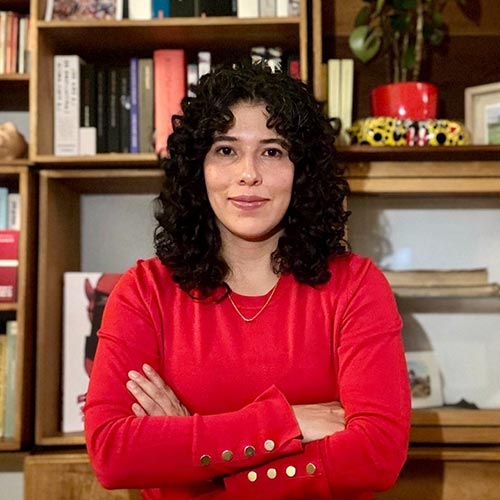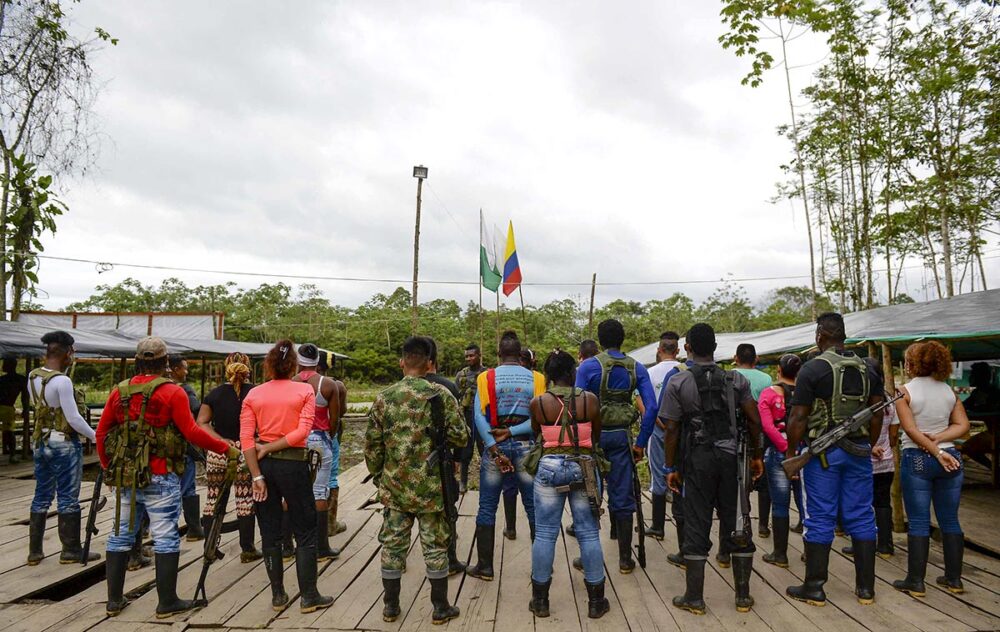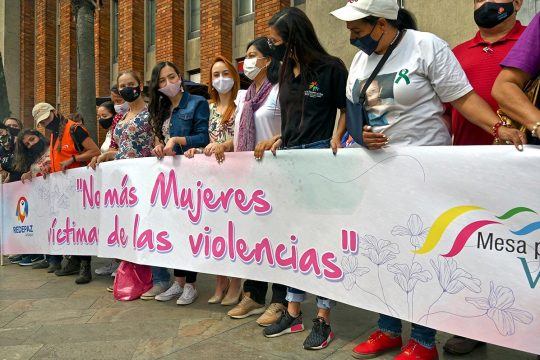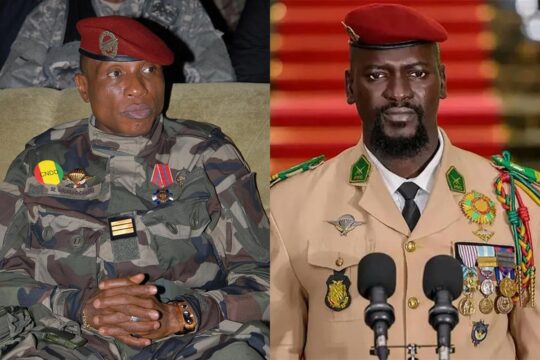The 2016 Peace Agreement between the Government of Colombia and the FARC guerrilla recognized previous institutional developments, including the multiple transitional justice mechanisms. An example of this is that the transitional justice system that was agreed upon is based on lessons learned from the past that led to the adoption of a model that, through the joint action of different entities, sought to better satisfy the rights of victims. This also took into account that the massive nature of human rights violations required not only judicial, but also extrajudicial and administrative measures in order to maximize the response to the victims. At the same time, this approach also seeks to articulate the advances in the area of victims' rights with other measures of the Agreement, especially on integral rural development.
One of the main lessons learned from the past is the recognition of the impossibility of investigating every fact and trying every person responsible for the thousands of human rights violations, because the result instead of greater justice for each victim is de facto impunity, leaving the majority of victims without justice, truth, or redress. For this reason, two central elements of the transitional justice model of the Peace Accord are prioritization and selection. These, in addition to seeking more effective justice, make it possible to harmonize the right of victims to justice with the legal security of those who participated in the conflict from different sides.
The form that these elements should take is as follows: the Special Jurisdiction for Peace – the judicial arm of Colombia’s transitional justice, known as JEP – focuses its investigative and punitive capacity on those who are most responsible for the most serious and representative crimes. Those who do not have such status, and are the bulk of those appearing before the JEP, receive amnesties in the case of those who committed political crimes, or waivers of criminal prosecution for those who committed other crimes or who participated in serious human rights violations, but are not the most responsible. Both the amnesty and the waiver of criminal prosecution are treatments conditioned to the contribution to satisfy the rights of the victims by providing truth and carrying out restorative actions.
How the JEP has failed both the participants and the victims
However, as is often the case, reality takes on its own dynamics. The JEP has not been able to fulfill its objective of guaranteeing legal certainty to those appearing before it and this, in turn, has impacted their contribution to victims' rights.
On the one hand, those who have been identified as those most responsible – among them the former FARC Secretariat and some members of the army – have not received the corresponding punishment. Nor have waivers of criminal prosecution been granted – only one, in favor of a soldier, issued on November 13 – or amnesties been issued following the course intended in the Agreement, as stated by the signatories.
On the other hand, the contribution to victims' rights as one of the main conditions for access to amnesty and waiver of criminal prosecution has also failed to find a way. In addition to the fact that without decisions on such measures there is no enforceability for the participants to contribute to the satisfaction of the rights of the victims, the JEP has wanted to centralize all the activities that can contribute to this purpose, and this has not had good results, as the victims themselves have stated. What the JEP has achieved with this approach is to relieve the government of its duty to guarantee a relevant offer for the contribution to the truth – for example, through the National Memory Center which operates an administrative mechanism for truth contributions – or in the projects of the Development Programs with a Territorial Approach (PDET) foreseen in the Peace Agreement, which must have a restorative approach.
Drifting away from the original deal
In this circumstances, it seems that the JEP is far from achieving a balance between its two main objectives, guaranteeing judicial accountability and legal security. In a study we recently published at Dejusticia, we identified several difficulties that affect the delay in defining the legal status of those who appear before the JEP. Among them are normative, methodological, organizational aspects and, perhaps the most important, the gap between how magistrates consider they should approach their work and how the model of the Agreement indicates they should. Several decisions on how to approach the work have departed from the principle of selection and, consequently, from the concentration of the JEP's investigative capacities in those most responsible.
The result has been a maximalist vision that, in one way or another, seeks to get to a case-by-case investigation. The assumption at the creation of the JEP was a dose of realism combined with pragmatism that considered necessary to achieve justice, even if it was imperfect: only a few would be investigated and punished for human rights violations, while the State would renounce its power to prosecute the rest. Of course it is difficult, but it is the only way to achieve legal closure to the political conflict. In addition to the realist argument, this model has been endorsed by the Constitutional Court and has received the support of international organizations such as the International Criminal Court, provided, of course, that the conditions for accessing and retaining amnesties or waivers, namely contributing to guaranteeing the rights of the victims, are met.
However, some decisions made by the JEP have only distanced it from the model of selection and focus on those most responsible. Among them are the hearings of the non-punitive route, which expect those who were not selected as those most responsible to provide the truth individually. The maximalism it showed with respect to selection, by allowing a second selection stage (second-order selection) by the Definition Chamber, a different body from the one that originally had that power, the Recognition Chamber; the excessive delays in accepting the submission of compulsory appearances; and the high demands resulting from the distinction between the general and strict conditions required to obtain and maintain the treatment granted by the JEP, which depends on the level of participation in the crimes and make it necessary to previously define the degree of involvement of each person in the human rights violations, even though they are not selected as those most responsible.
Not trying to achieve the impossible
Not everything is the responsibility of the JEP. Not having the restorative projects for the participants to comply with the conditions to obtain the waivers of prosecution is the responsibility of the Government. However, in the Shock Plan for the Implementation of the Agreement, the Government did not include anything in relation to the restorative projects or efforts to align its action plan with the decisions of the JEP.
With more than 6,000 people awaiting a decision on their legal situation and with time running out, it is clear that opting for a maximalist approach is not the best strategy, nor does it guarantee greater compliance with the rights of the victims. Instead, moving towards collective decisions for waiving prosecution, respecting the selection of the Recognition Chamber of those most responsible, taking advantage of the experience accumulated in more than a decade of transitional justice mechanisms and counting on the government's commitment to support this component of the Peace Agreement, can chart a more effective path to achieve the objectives of the JEP. It is only by not attempting to achieve the impossible – investigating every fact – that Colombia’s model will be able to offer credible results both for its beneficiaries and for the international community that closely follows its implementation.

Paola Molano-Ayala is the coordinator of the transitional justice team at the Center for the Study of Law, Justice and Society – Dejusticia, a Colombian NGO. She previously was a technical advisor on transitional justice and gender-related issues for the Government delegation during the peace negotiation with FARC and she also worked on the Truth Commission's recommendations.







